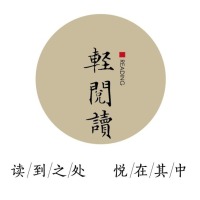Sun-Dried Delicacy: Indonesia’s “Soun” Noodles

(A worker checks noodles drying under the sun. /CFP)
In Manjung Village, Klaten, Central Java, Indonesia, sunny days turn the village into a sea of shimmering threads. Long strands of noodles hang from bamboo racks, swaying gently in the breeze, weaving a silver dreamscape across the fields.
Villagers move carefully among them, turning and checking each strand to make sure every piece of "Soun," the local glass noodles, dries evenly under the sun.


(A worker mixes palm starch with water to make the traditional noodle paste. /CFP)
Unlike regular wheat noodles, "Soun" is made from palm or cassava starch. The starch is first mixed into a paste, then pressed into thin strands and left to dry naturally in the open air. Once ready, the noodles are carefully gathered, packed, and sold for about $1.20 per kilo across the country.

(After drying, workers pack and weigh the finished 'Soun' noodles. /CFP)
In Indonesia, "Soun" is more than just food. It is a taste of memory, found in steaming bowls of homemade soup or sizzling in a street vendor’s wok. For the people of Manjung, this daily labor under the sun is both a part of their life and a carrier of their nostalgia.

Even as modern food production becomes more advanced, these handmade noodles continue to dry quietly under the same sun.
They preserve not only a traditional texture, but also the rhythm and warmth of the village itself. And for travelers passing through, the sight of countless noodles glimmering in the sunlight may be even more moving than tasting a bowl of soun itself.














